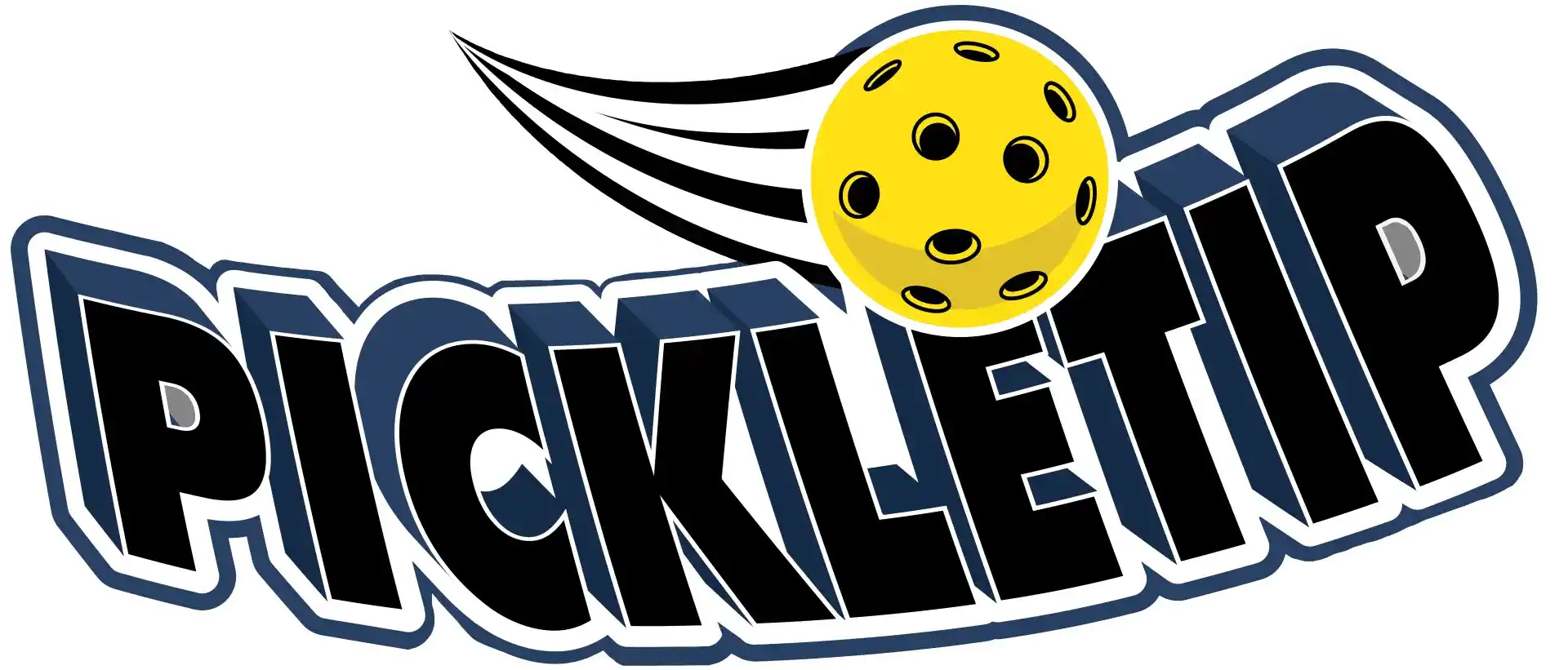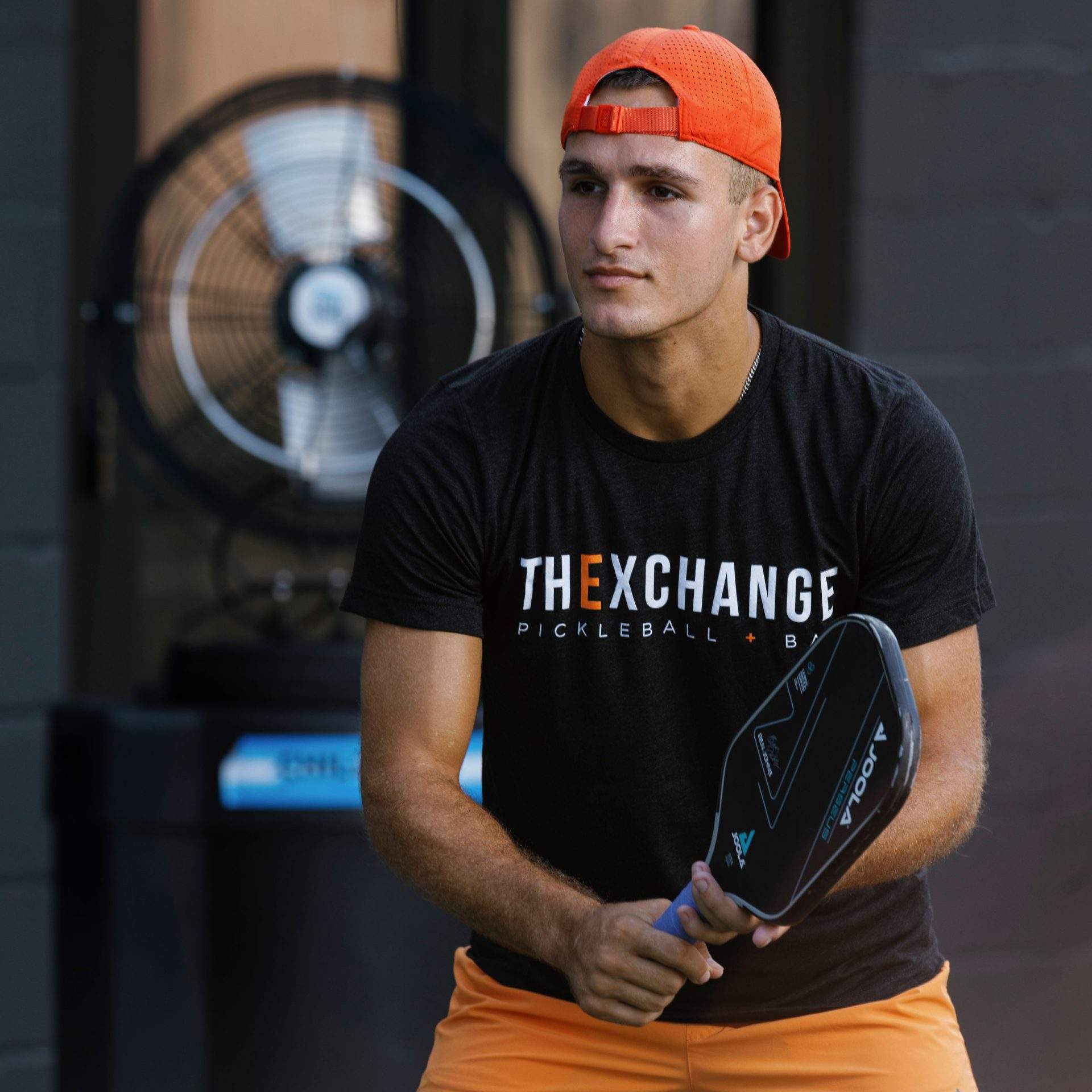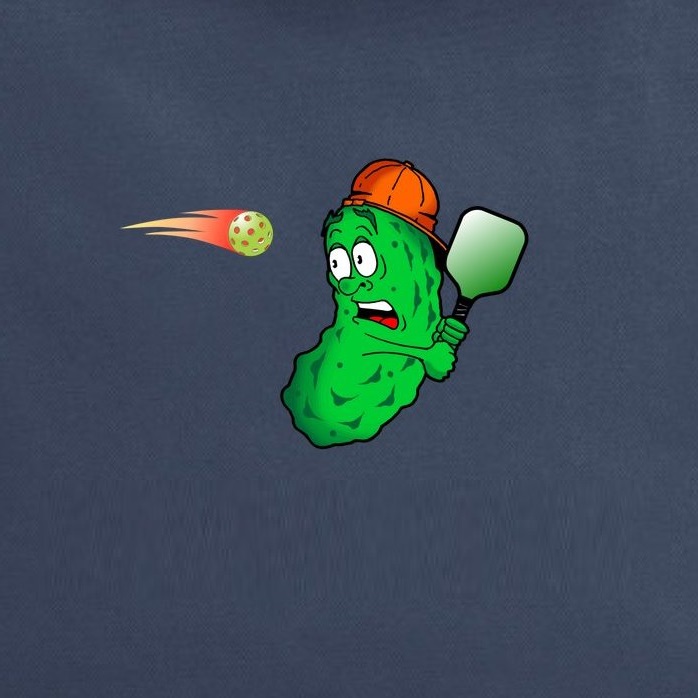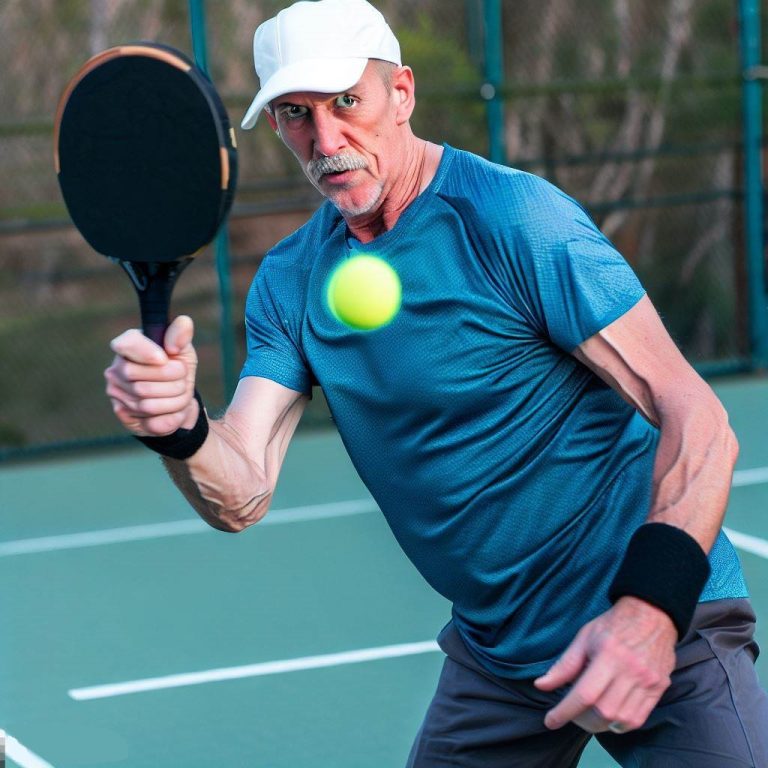The Two-Handed Backhand in Pickleball
Pickleball, a sport that has seen a surge in popularity in recent years, is a unique blend of tennis, badminton, and table tennis. One of the most debated topics among pickleball enthusiasts is the use of the Two-Handed Backhand in Pickleball. This article delves into the advantages, disadvantages, and nuances of the two handed backhand in pickleball.

Advantages of the Two-Handed Backhand in Pickleball:
- Power and Topspin: The two-handed backhand offers more power and topspin than its one-handed counterpart. The additional hand provides stability, allowing for a stronger upward swiping motion, which results in a topspin shot. This topspin keeps the ball low, making it challenging for the opponent to return.
- Versatility: An elite two-handed backhand is considered more versatile than an elite one-handed backhand. It can be used for drives, dinks, and defensive shots, providing players with a broader range of shot options.
- Consistency: Many players find the two-handed backhand to be more consistent, especially when aiming for precise shots or when under pressure.
- Reduced Stress on the Arm: Using both hands can help distribute the force, potentially reducing the risk of tennis elbow.
- Quick Counters: The two-handed backhand allows for faster counterpunches, especially when responding to speed-ups.
- Improved Net Play: At the kitchen (non-volley zone), the two-handed backhand can be a game-changer, allowing players to hit hard counters that dive to the opponent’s feet.
When to Use the Two-Handed Backhand:
- Driving: Especially when the ball sits up, the two-handed backhand can impart more force and topspin.
- Tight Dinks: For edge-to-edge, close-to-net topspin shots.
- High Counters: When aiming for a sharp angle with a wrist snap.
- Blocking: For added stability during hard drives.
Considerations and Tips:
- Grip: Unlike tennis, where players might grip the racket with both fists, in pickleball, it’s common to have only about three fingers of the top hand on the paddle, with the index and thumb spread out behind it.
- Footwork: A two-handed backhand requires precise footwork and positioning, as the strike zone is typically lower and closer to the body.
- Training: It’s essential to practice and incorporate the two-handed backhand slowly into your game, ensuring you use it in the most ideal scenarios.
The One-Handed Backhand:
While the two-handed backhand has its merits, the one-handed backhand shouldn’t be dismissed. Many players find the one-handed backhand quicker at the net and use it for specific shots like roll volleys, put-aways, and blocks. It’s also beneficial for slices, drops, and cross-court dinks.
Reach and Shot Variety:
A one-handed backhand provides a slightly extended reach, which can be advantageous in certain scenarios, especially when stretched out on the court. While the two-handed backhand offers power and topspin, the one-handed backhand provides a wider variety of shots, including slices, flat drives, and drop shots.
Flexibility and Adaptability:
A one-handed backhand, especially when hitting slices or defensive shots, requires good wrist flexibility. Players should consider incorporating flexibility exercises into their training regimen. The best players can seamlessly switch between one-handed and two-handed backhands based on the situation. Being adaptable and versatile is a significant advantage in pickleball.
Which should I use?
The choice between a one-handed and two-handed backhand ultimately depends on the player’s comfort, skill level, and game strategy. For those looking to push their limits and add versatility to their game, mastering the two-handed backhand can be a game-changer. However, it’s crucial to recognize the value of both techniques and use them judiciously based on the game situation.
A More Comprehensive Understanding of the One-Handed vs. Two-Handed Backhand Debate in Pickleball:
- Transitioning from Other Racket Sports: Players transitioning from table tennis might be more accustomed to a one-handed backhand, while those from a tennis background might be familiar with both. Recognizing and leveraging this prior experience can be beneficial when adapting to pickleball.
- Muscle Memory: Transitioning might be challenging initially due to ingrained muscle memory. Dedicated practice and conscious effort are required to adapt to a new technique.
- Strategic Play: One advantage of the one-handed backhand is the ability to quickly switch between forehand and backhand, allowing for better anticipation and quicker reactions.
- Physical Considerations: The two-handed backhand requires coordination between both arms, which might necessitate specific strength and conditioning exercises to optimize performance.
- Mental Aspect: Regardless of the technique chosen, confidence in execution is crucial. Doubting one’s shot in the middle of a game can lead to errors.
Two-Handed Backhand in Pickleball:
While the debate between one-handed and two-handed backhands will continue, it’s essential to remember that there’s no one-size-fits-all answer. Players should experiment with both techniques, understand their strengths and weaknesses, and choose the style that best complements their game. Seeking advice from coaches or experienced players and continuously refining one’s technique will go a long way in improving overall performance in pickleball.








One Comment